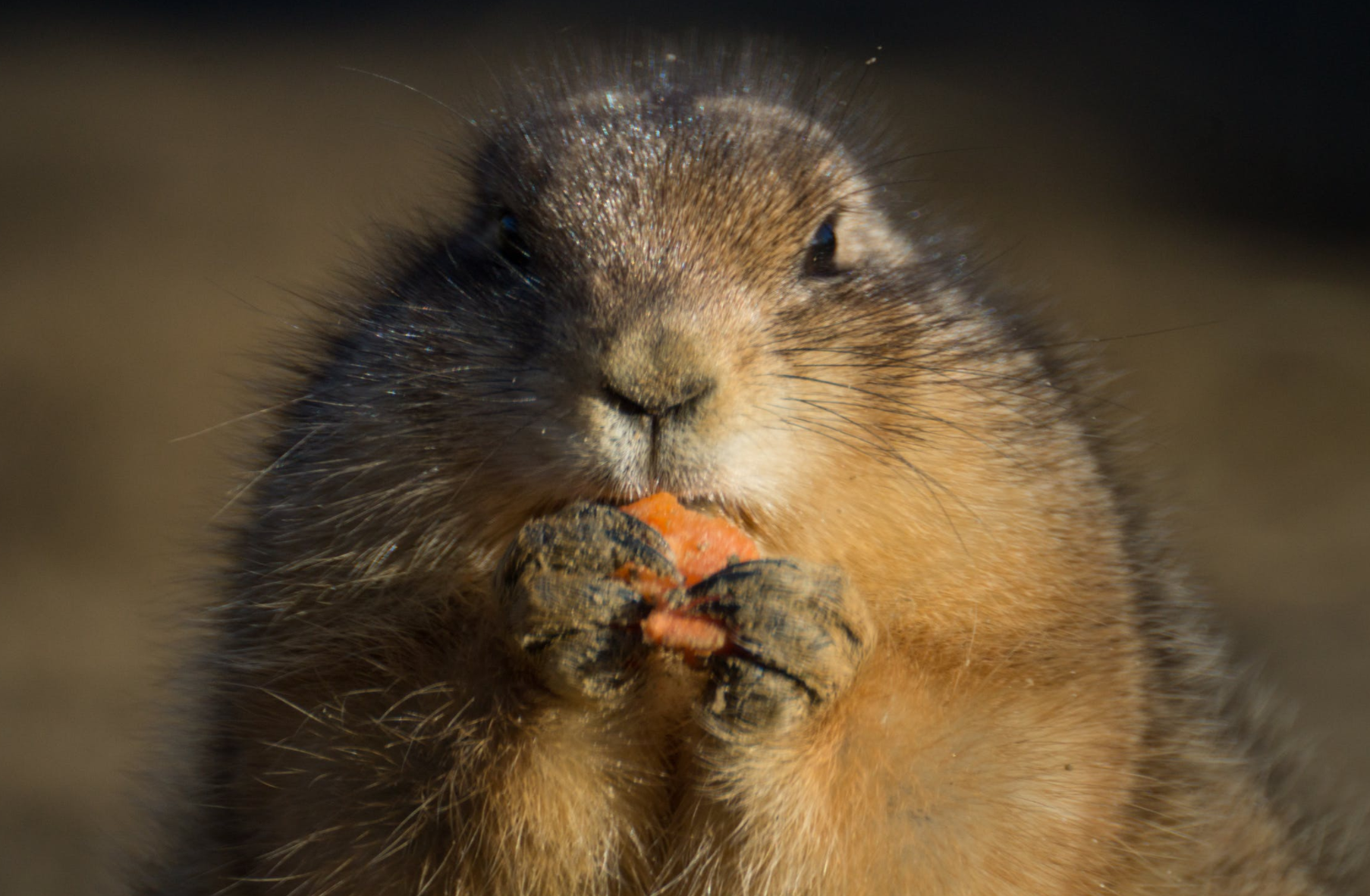Everyday, it seems, we learn about a new feature of the body that is in some way governed by our gut bacteria. Mood. Sugar cravings. Inflammation. Hormone balance. Energy. Our gut bugs seem to have their creepy crawly fingers in everything, and weight is no exception.
When I started this post (what feels like months ago now, per my usual molasses blogging speed) I was on a pretty standard course of bacteroidetes = good; firmicutes = bad. These two phyla are the main players talked about in the microbiome field and make up around 90% of our gut bacteria. A quick google search will turn up loads of articles about how people with higher levels of bacteroidetes relative to firmicutes seem to breezily maintain their lean body mass, while those with higher relative levels of firmicutes are the ones more likely to develop obesity, insulin resistance, inflammation, and heart disease. Case in point with this questionably named HuffPost article: Four Ways to Get Firm and Cute by Lowering Firmicutes
Case closed? Not so much ::months pass while I dive down a rabbit hole of research::
Stay tuned for my next post: learning through osmosis.
Our comprehension of the microbiome at this point is like understanding 1+1=2 in the world of math. We’ve drawn a few correlations, and while we desperately want to extend those to “5 easy ways to…” and new probiotic-enriched weight-loss potato chips, the fact remains that there’s SO much more about our gut bugs that we still don’t know. And the more we learn, the more premature ANY conclusions seem.
The question of bacteroidetes vs. firmicutes is a perfect example. Despite the hype about bacteroidetes being the next best thing for weight loss, recent meta-analyses of the firmicutes/bacteroidetes studies have agreed that any sort of conclusive evidence is lacking; for every few studies showing one thing, another shows the complete opposite. It’s also important to note that many of the studies supporting the bacteroidetes=lean body mass conclusion have been rodent studies. While this is a great starting point, you can’t assume a direct correlation from a tiny, mostly-vegetarian mammal to a human.
This gem of a paragraph from a 2015 paper sums it up nicely:
“In agreement with the results from animal studies, it seems that human obesity is linked with a reduced abundance of intestinal Bacteroidetes associated with a high abundance of Firmicutes. However, these results have been contradicted by other studies. Studies of Duncan et al did not show any difference in the proportions of Bacteroidetes and Firmicutes in the feces of lean and obese subjects. In another investigation, overweight and obese subjects had a ratio of Bacteroidetes to Firmicutes in favour of Bacteroidetes. Moreover, many authors have shown no change or even an increase of Bacteroidetes in overweight.”
.......ok.
But before we put our heads in the microbial-rich sands for the next decade while science works on sorting this stuff out, let’s explore some of the contradictions (because as a Gemini, I love nothing more that a good contradiction).
The Diet Contradiction
Scan any article about how to shift your gut bacteria to a “desirable” state of high bacteroidetes/lower firmicutes and you will likely find the recommendation of: FIBER FIBER FIBER. And while I believe in the benefits of plentiful dietary fiber (not only do our gut bugs ferment it into short chain fatty acids -more on that later- but also biotin, B12, thiamine, and folic acid- cool beans!) it might not be accomplishing this specific goal of >bacteroidetes.
Because ramp up the fiber and increase the fermentation happening in your gut, and you begin to lower the pH (or increase the acid) in the colon environment. And our microbial friends, it turns out, are particular; while firmicutes like it hot, bacteroidetes like it alkaline. The result is a drop in the overall number of bacteroidetes and a mass migration to the lower part of the colon, where a slightly drier environment makes for less fermentation. Diets that reduce fiber and increase protein and fat, on the other hand, tend to reduce overall bacteria load while increasing the ratio of bacteroidetes to firmicutes. So any article suggesting you increase your bacteroidetes by increasing your fiber intake is immediately at odds with itself.
The Short Chain Fatty Acid Contradiction
When our gut bugs ferment things like fiber, resistant starch, and other sugars that escaped the upstream action of the small intestine, they produce -among other things- short chain fatty acids (SCFA). These move into the bloodstream and supply us with extra energy, fight inflammation, build healthy cholesterol, and moderate our immune response, among other classic SCFA activities. There are a variety of types, and bacteroidetes primarily make acetate and propionate, while firmicutes make mostly butyrate. And this is where it gets interesting, because not all SCFAs are created equally. Turns out that while propionate seems to have features that promote lean body mass, acetate seems to favor obesogenic pathways. Butyrate, meanwhile, has loads of anti-inflammatory benefits and antiobesity effects. So in effect we have our “lean body mass” microbes, the bacteroidetes, with both a positive and negative impact on weight, and our supposed fat-favoring bugs, the firmicutes, with a home-run of a short chain fatty acid when it comes to fighting inflammation and obesity.
The Inflammation Contradiction
Enter from left, lipopolysaccharides. These compounds are a component of gram negative bacteria and have been shown to play a significant role in the development of chronic inflammation, This inflammation can directly stimulate the development of obesity in rodent studies, which have consistently found that by feeding a high fat diet to rats and mice, the microbiome of these critters shifts towards a higher relative amount of gram negative bacteria and causes inflammation along the gut wall. This inflammation increases gut wall permeability and allows more LPS to move out of the GI tract and into the bloodstream. Here it circulates around the body, leaving a trail of elevated inflammatory markers in its wake. This causes the systemic, chronic inflammation that directly contributes to the development of obesity and metabolic syndrome. And although we can’t draw a direct line from mouse studies to human results, as previously noted, the processes these studies are highlighting should raise a red flag.
So which of our two phyla are gram negative? Confoundingly, it’s bacteroidetes. The family linked with lean body mass in humans.
The tiny ray of sense I found was one study that hinted it could be a specific subtype of bacteroidetes, prevotella, that’s mostly at fault for this process. They seem to produce more LPS than other types, causing more inflammation, more leaky gut, and (by extension) more obesity. Lean individuals with a higher ratio of bacteroidetes typically have less prevotella in the mix than obese individuals with less bacteroidetes overall. Recent studies of hunter/gatherer tribes in Africa, for example, show little to no prevotella in their gut even when bacteroidetes dominate overall. Other studies have suggested its presence is specifically driven by whole grain fibers, which makes sense. Either way, prevotella has already come under suspicion as being something of a black sheep in the bacteroidetes family, so I can live with this hunch.
Back to the real question: will firmicutes make us fat?
Well, one way that firmicutes may support weight gain is through their ability to extract more calories from food matter. Because of their efficient metabolism, they maximize the potential calories in our meals more so than your average family of bacteroidetes. The abundance of short chain fatty acids produced as a byproduct contribute towards our overall energy intake and, if in excess, will increase stored body fat. So all that fiber we’ve written off as “free,” calorically-speaking? Maybe not so much, with firmicutes dominating the mix.
If only it could be so simple.
I’m hoping that with time, the prevotella lesson expands to fill in some of the other blanks. It’s reasonable to expect that different microbial families within the bacteroidetes and firmicutes phyla have different effects on our health. Lactobacillus, for example, long lauded for its health benefits, belongs to the firmicutes phylum, but so does clostridium ::shudder:: It’s like cousin Eddie versus Clark Griswold; they’re family, but what a difference...
All the Other Shoes
Left undiscussed in this post (because I might literally never finish writing) is the influence of microbes not under the bacteroidetes/firmicutes umbrella. While usually comprising only around 10% of our microbiome, these species can range from completely innocuous to dangerously pathogenic. And if they get out of balance or gain a foothold, the effects on our health can be dramatic. For a fascinating example, check out this blog by the Human Food Project (and then check out all the other blogs on this page because - omg).
So before we throw up our hands and throw out our probiotics, what can we conclude about our gut?
- Well, we know diversity seems to be important. Consuming a variety of foods (and fibers) results in a drastically different (and healthier?) microbiome than a diet that follows the same food patterns day in and day out. Especially when these patterns follow a standard American diet of high sugar/low fiber eating. Eat tons of cruciferous vegetables, lots of tubers, all the onions, and repeat (unless you're struggling with gut health issues, in which case you want to CHILL with heavy fiber load and opt for gentle, cooked vegetables like carrots and squashes until things simmer down).
- Cutting/reducing sugars and refined carbohydrates is huge. This includes crackers, bread, pasta, pastries and the like. These foods not only mess with your blood sugar, increasing inflammation, but also preferentially feed potentially pathogenic bacteria and yeasts like candida or e. Coli.
- Naturally fermented foods, like raw sauerkraut and fermented dairy (if tolerated), are microbiome rockstars. Eat 'em.
- We should learn to get down with way less sanitation. Microbes in our environment (preferably from things like dirt and animals, not so much the crawlies in your sink drain) make their slow way onto our skin and into our bodies. Whether they simply pass through or set up camp for a spell, they seem to have an overall positive influence on our health, especially when it comes to our overly sensitive immune health. Wash your hands less. Boop your dog's nose more.
- Don't rely on isolated fiber supplements, like psyllium husk, acacia gum, or the like. While these show some promise in improving digestion for some people, they also seem to preferentially feed only certain strains of bacteria, possibly reducing diversity over time. Don’t be fooled by 5 star bowel movements; there’s more to a healthy microbiome than exceptionally bulky and regular stools.
- And don't rely on probiotics for your gut flora. While these can be absolutely wonderful for resetting or restoring a microbiome balance, they shouldn’t be needed long term and should never replace a microbiome brought to you by diet and lifestyle.
Um. Questions?




![Michael Scott [Steve Carell]:](https://i.makeagif.com/media/12-21-2015/boXSmy.gif)

